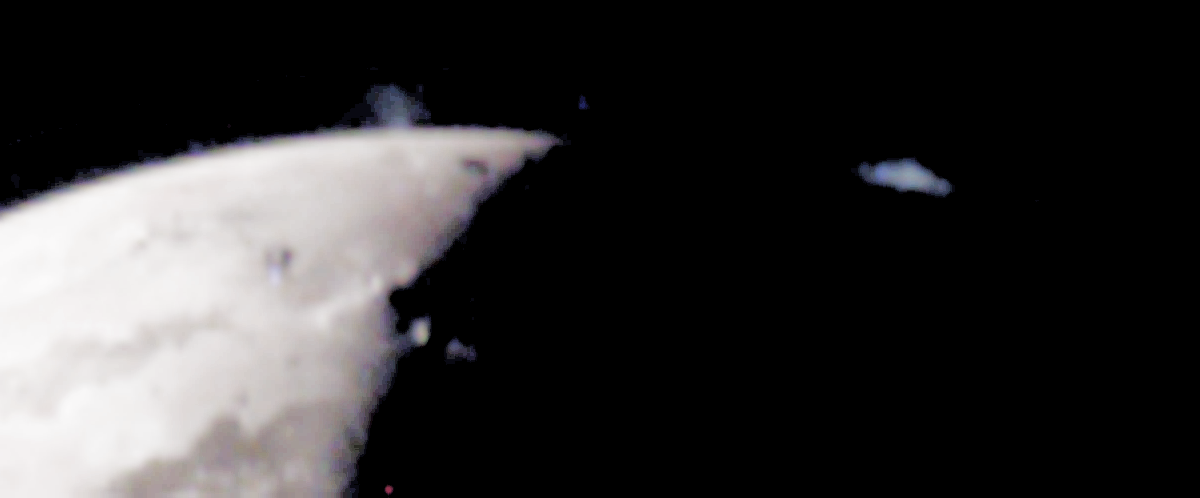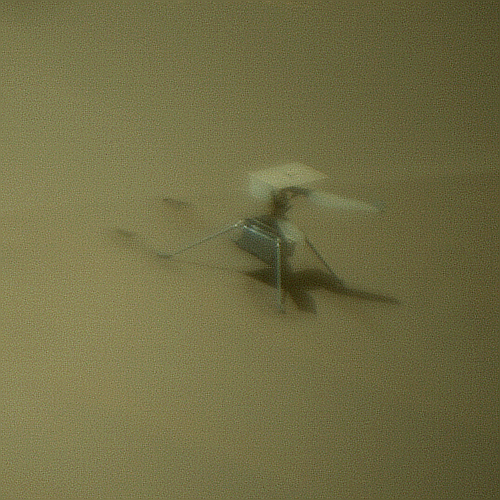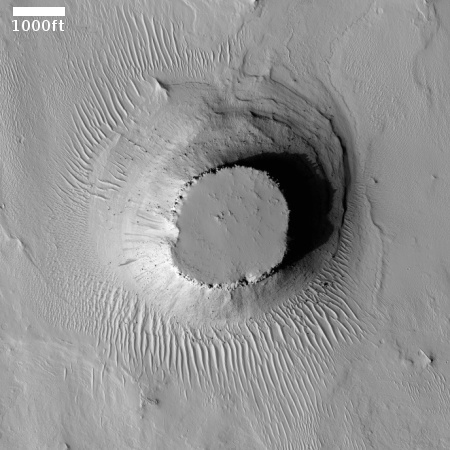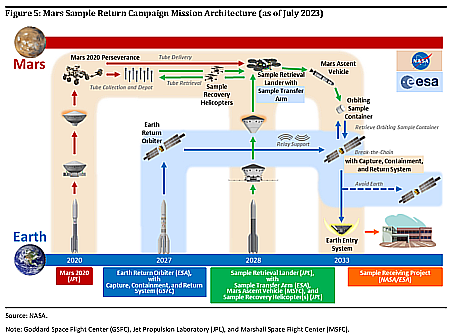Slovenia signs Artemis Accords
NASA announced yesterday that Slovenia has become the 39th nation to sign the Artemis Accords, joining the American alliance for exploring the Moon and the solar system.
The alliance now includes these nations: Angola, Argentina, Australia, Bahrain, Belgium, Brazil, Bulgaria, Canada, Columbia, Czech Republic, Ecuador, France, Germany, Greece, Iceland, India, Israel, Italy, Japan, Luxembourg, Mexico, the Netherlands, New Zealand, Nigeria, Poland, Romania, Rwanda, Saudi Arabia, Singapore, Slovenia, South Korea, Spain, Sweden, Switzerland, the United Kingdom, the United Arab Emirates, the Ukraine, the United States and Uruguay.
As with all the recent announcements, the NASA press release now insists that the accords are designed to “reinforce and implement key obligations in the 1967 Outer Space Treaty,” the exact opposite of the original goals of the accords. Rather than overvcome the Outer Space Treaty’s restriction on private property in space, the Biden administration is now using the accords to strengthen that restriction. To quote someone (Mussolini) whose policies the modern globalist world clearly admires, “Everything in the State, nothing outside the State, nothing against the State.”
This could all change with different leadership in Washington, but whether the administrative state, led by the Democratic Party, will allow such a thing at this point in history is very questionable. And they appear aided in this totalitarian effort by a meek and largely ignorant American public.
NASA announced yesterday that Slovenia has become the 39th nation to sign the Artemis Accords, joining the American alliance for exploring the Moon and the solar system.
The alliance now includes these nations: Angola, Argentina, Australia, Bahrain, Belgium, Brazil, Bulgaria, Canada, Columbia, Czech Republic, Ecuador, France, Germany, Greece, Iceland, India, Israel, Italy, Japan, Luxembourg, Mexico, the Netherlands, New Zealand, Nigeria, Poland, Romania, Rwanda, Saudi Arabia, Singapore, Slovenia, South Korea, Spain, Sweden, Switzerland, the United Kingdom, the United Arab Emirates, the Ukraine, the United States and Uruguay.
As with all the recent announcements, the NASA press release now insists that the accords are designed to “reinforce and implement key obligations in the 1967 Outer Space Treaty,” the exact opposite of the original goals of the accords. Rather than overvcome the Outer Space Treaty’s restriction on private property in space, the Biden administration is now using the accords to strengthen that restriction. To quote someone (Mussolini) whose policies the modern globalist world clearly admires, “Everything in the State, nothing outside the State, nothing against the State.”
This could all change with different leadership in Washington, but whether the administrative state, led by the Democratic Party, will allow such a thing at this point in history is very questionable. And they appear aided in this totalitarian effort by a meek and largely ignorant American public.











